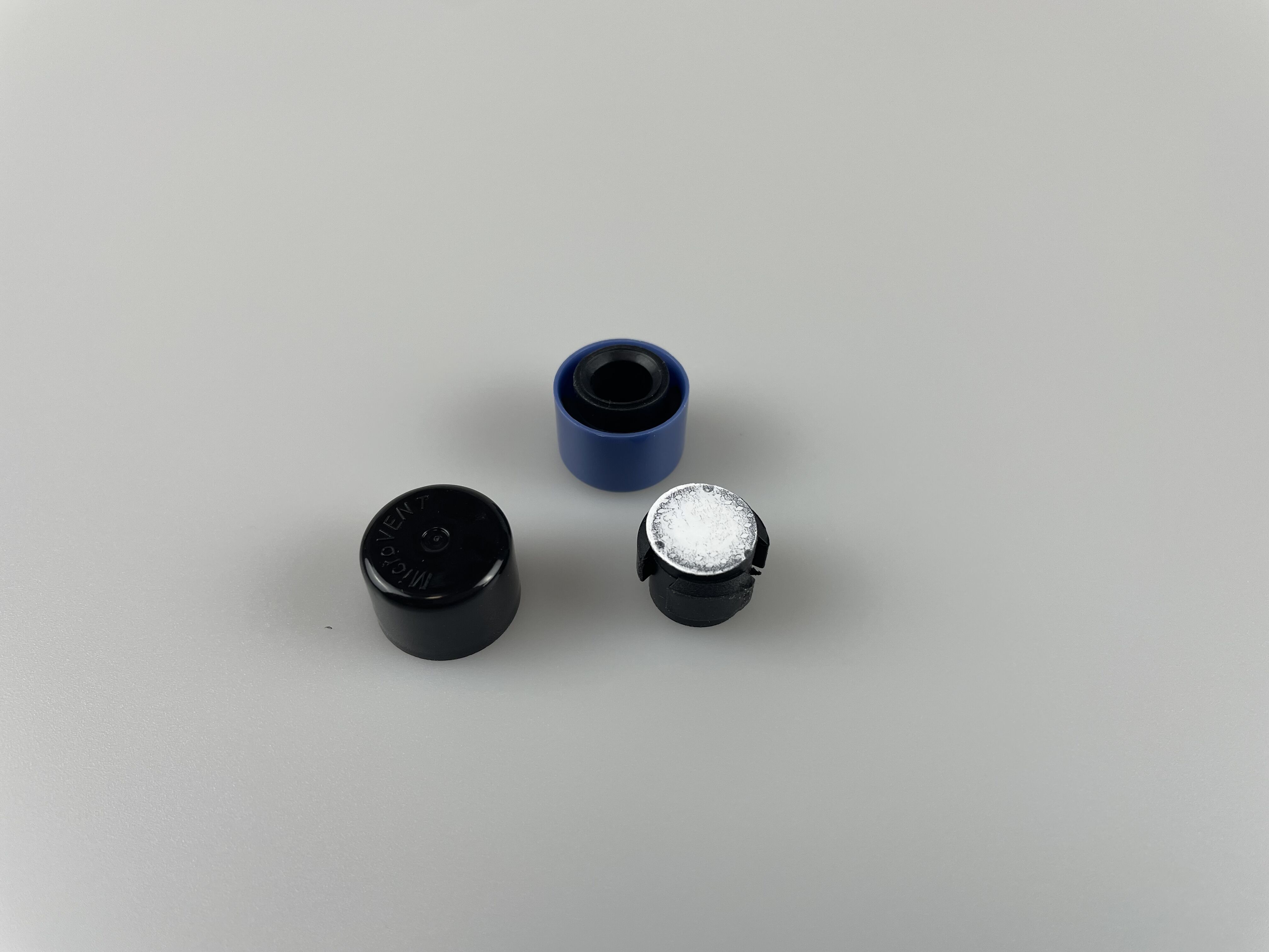At the heart of every farming method today are pesticides, herbicides and fertilizer. However, these materials often have unique storage and handling challenges — especially in relation to packaging. This packaging are commonly for these chemicals and an important thing that we all tend to forget is there need to vent. In this article we talk about the key take away and what you should get out of it.
Agro Solutions: Chapter 1. What Are Agricultural Chemicals?
Agricultural Chemical Storage Characteristics Agricultural chemicals are also complicated in that many of these materials experience some range of physical or chemical change during which time they may not be stable. Such transformations usually result in off-gassing, a chemical reaction wherein gases are released as waste Products. Additionally, the temperature and pressure changes during transport and storage can cause pressure differentials in the packaging. If no pressure equalisation can take place these factors can compromise the integrity of the packaging and therefore its safety.
The Purpose of Venting
What is venting in packaging?Venting in packaging is the process by which gases are exchanged, (control the movement of gas,) between inside the package and outside environment. This is necessary to ensure the pressure stabilizes and gases do not accumulate, as this could cause the container to deform or rupture. Venting is done properly to avoid bursting of packaging protecting product and people too.
Effects of Poor Venting
Improper venting poses serious risks. They can cause containers to expand, allow products to leak out or explode, resulting in product spills that will contaminate the environment and pose health hazards. What can happen is bulged containers leading to pallet collapse which leads to injuries and costly accidents. They can also destroy labels like label stripping which threatens content identification and regulatory compliance.
Regulatory and industry standard requirements
Regulatory authorities such as the European Agreement regarding the International Carriage of Dangerous Goods by Road( ADR) and also the U.S. Division of Conveyance ( DOT) have requirements for packing and deliveries of farming pesticides. Compliance with these specifications is a legal requirement, but also an important safety issue. Also, does the Packaging require venting: The Orange Book Guidance by UN (United Nations) natures design features concerning goods subject to Stressors during transport and storage.
Benefits of Proper Venting
One of the scientifically backed benefits of environmental packaging is ventilation. Preserves the characteristic of non-broken parcels and averts temperatures from product pressure incidents. It also ensures that the products arrive at the mentioned dot in peak condition for brand personality and consumer trust.
Types of Venting Solutions
Like so many other methods it is a way to vent but some features and benefits of this one. As an example, Gore Packaging Vents are proven pressure equalization units that provide gas release by means of durable long-lasting vents in a controlled manner. For instance, products like IPRO Membrane can prevent moisture and impurities but also allow the gases to pass through. Naturally, apart from many other more or equally important factors, the chemical you are packaging it in, at what temperatures outside and how long it is supposed to stay inside its package ultimately determines which venting technology gets selected.
Vent for Packaging of Agricultural Chemicals
And design gets involved in venting pesticide containers use. The same should apply for the venting system with any associated packaging materials and procedures. That thus really has to be shown in practice at those pressures and with whatever off-gassing there is. Example: Pressure-testing in a real-world-like environment
Case Studies
Venting was confirmed on barrels that contained agrochemical in some case studies. One customer had experienced nearly 60 transport failures a year and had other safety improvements Gore Packaging Vents. These case study series illustrate the significance of venting and will help you developed best practices in utilizing this functionalities.
Challenges and Solutions
Drawbacks of unloading Although there are some great benefits to telling someone about your problems, it hasn't been without controversies getting such systems in place. This strategy incorporates technical issues such as crafting appropriate materials for packaging and managing out-gassing rates over decades. The second consideration is price but the cost of a system setup is far less than the safety and product integrity force it can create. This in-turn makes it crucial to work on packaging materials, textures, colour and shapes together so that these challenges can be overcome through research & economy.
Conclusion
To grow plants in optimum conditions applied agricultural chemicals are used, therefore venting is playing a major role in the safety and integrity of its vessel. Venting serves the purpose of pressure containment and is important for regulatory compliance, preventing environmental problems due to unexpected pressure downstream or issues with workers handling these chemicals. As the demands of modern farming and the industry itself continue to change shape, it is clear that best-practice techniques are required for venting in order to support agricultural endeavour whilst also still providing the highest standards of safety and reliability.
Table of Contents
- Agro Solutions: Chapter 1. What Are Agricultural Chemicals?
- The Purpose of Venting
- Effects of Poor Venting
- Regulatory and industry standard requirements
- Benefits of Proper Venting
- Types of Venting Solutions
- Vent for Packaging of Agricultural Chemicals
- Case Studies
- Challenges and Solutions
- Conclusion
 EN
EN
 AR
AR
 CS
CS
 FR
FR
 DE
DE
 IT
IT
 JA
JA
 KO
KO
 PT
PT
 RU
RU
 ES
ES
 ID
ID
 VI
VI
 TH
TH
 TR
TR
 MS
MS


